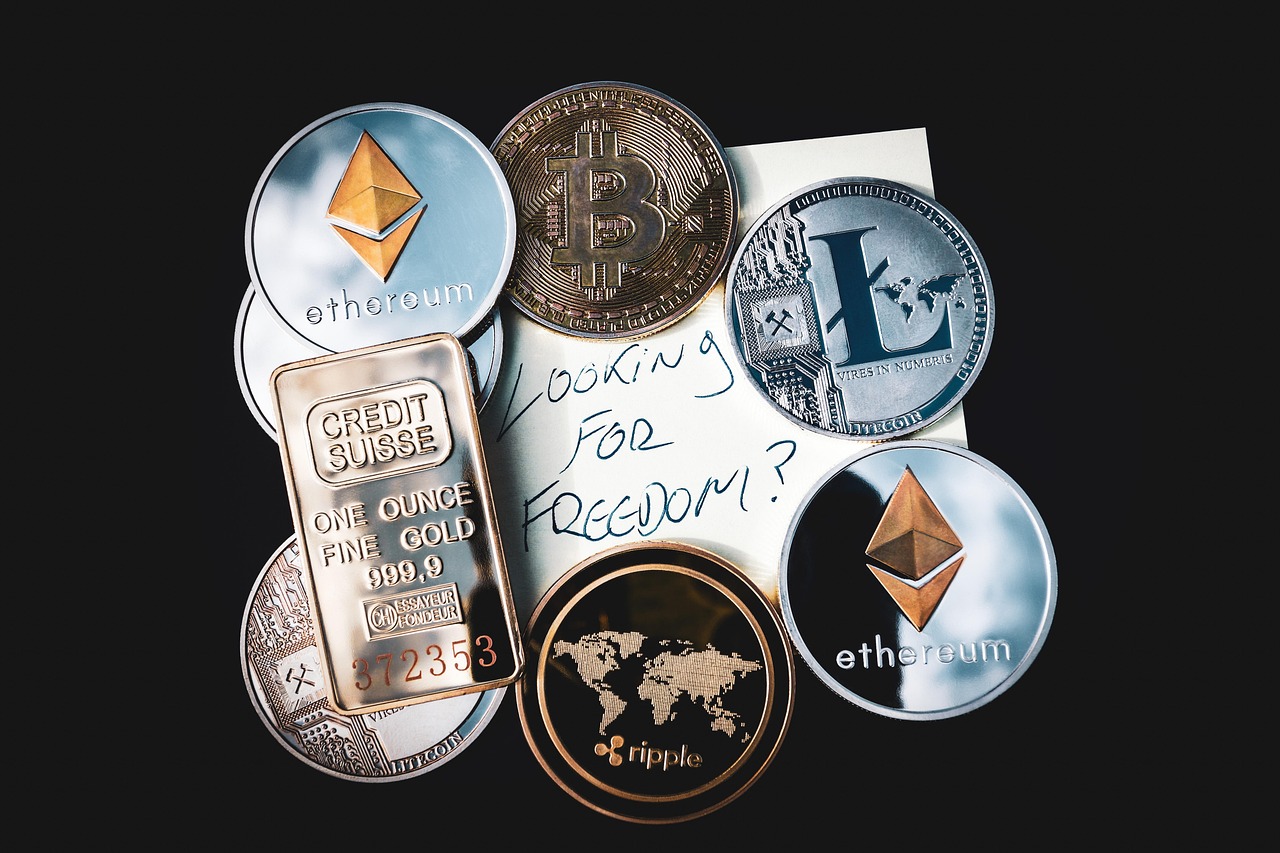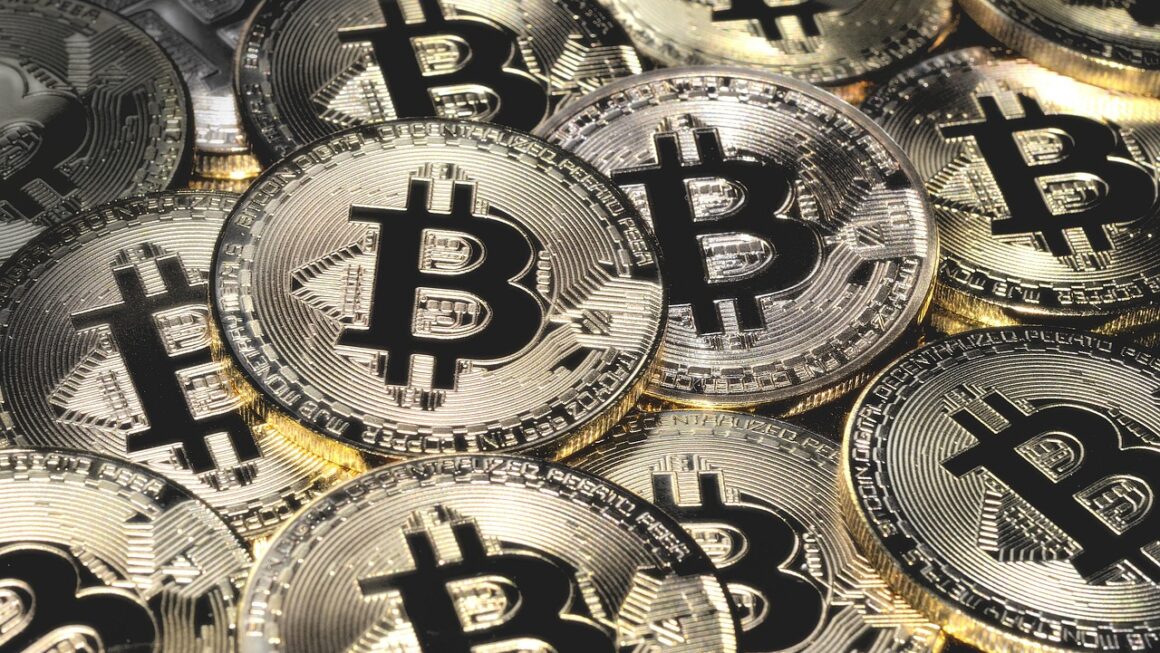Navigating the world of cryptocurrency can feel like deciphering an alien language, and beyond Bitcoin, lies a vast universe of alternative cryptocurrencies, or “altcoins.” These digital assets, each with unique features and purposes, offer a diverse landscape of investment opportunities, technological innovations, and potential disruptions to traditional financial systems. Understanding altcoins is crucial for anyone looking to participate in the crypto market, whether as an investor, developer, or simply an informed observer.
What are Altcoins?
Defining Altcoins
Altcoin is short for “alternative coin” and refers to any cryptocurrency that is not Bitcoin. They emerged as alternatives to Bitcoin, often aiming to improve upon its perceived limitations, such as transaction speed, energy consumption, or smart contract capabilities. Essentially, if it’s not Bitcoin, it’s an altcoin.
For more details, see Investopedia on Cryptocurrency.
The Purpose of Altcoins
Altcoins were created to address various problems and introduce new features not found in Bitcoin. They may serve different purposes, including:
- Speeding up transactions: Some altcoins boast faster transaction processing times than Bitcoin. For instance, Litecoin was designed to be a faster alternative to Bitcoin, with block times of around 2.5 minutes compared to Bitcoin’s 10 minutes.
- Improving energy efficiency: Some altcoins use more energy-efficient consensus mechanisms than Bitcoin’s proof-of-work (PoW). Proof-of-stake (PoS) is a popular alternative that requires significantly less electricity. Examples include Cardano and Solana.
- Enabling smart contracts: Platforms like Ethereum facilitate the creation and execution of smart contracts, opening the door to decentralized applications (dApps) and decentralized finance (DeFi).
- Enhancing privacy: Privacy-focused altcoins like Monero and Zcash utilize cryptographic techniques to obscure transaction details, providing greater anonymity for users.
Altcoin Market Capitalization
While Bitcoin remains the dominant cryptocurrency by market capitalization, altcoins collectively represent a significant portion of the overall crypto market. The altcoin market cap fluctuates based on various factors, including investor sentiment, technological advancements, and regulatory developments. Understanding this dynamic is key to assessing the health and potential of the altcoin market as a whole. CoinMarketCap and CoinGecko are useful resources for tracking market capitalization and other key metrics.
Types of Altcoins
Mining-Based Altcoins
These altcoins, like Bitcoin, utilize the Proof-of-Work (PoW) consensus mechanism. Miners solve complex mathematical problems to validate transactions and add new blocks to the blockchain. Examples include Litecoin (LTC) and Dogecoin (DOGE). The benefit of mining-based coins is their generally high level of security, but the energy consumption can be a significant drawback.
Staking-Based Altcoins
Proof-of-Stake (PoS) altcoins allow users to “stake” their coins to validate transactions and earn rewards. This consensus mechanism is more energy-efficient than PoW. Prominent examples include Cardano (ADA) and Solana (SOL). Staking provides a passive income stream, encouraging users to hold their coins and participate in the network’s security.
Stablecoins
Stablecoins are cryptocurrencies designed to maintain a stable value, typically pegged to a fiat currency like the US dollar or another asset like gold. Examples include Tether (USDT), USD Coin (USDC), and Dai (DAI). They are often used as a bridge between traditional finance and the crypto world, offering stability for trading and remittances.
Governance Tokens
These tokens give holders the right to vote on proposed changes and upgrades to a blockchain project. Examples include Maker (MKR) and Compound (COMP). Governance tokens empower the community to shape the future development and direction of the platform.
Meme Coins
Meme coins are cryptocurrencies that gained popularity through internet memes and social media trends. Dogecoin (DOGE) and Shiba Inu (SHIB) are prime examples. Their value is often driven by community sentiment and social media hype, making them highly volatile and risky investments.
The Risks and Rewards of Investing in Altcoins
Potential Rewards
Investing in altcoins can offer significant potential rewards, including:
- High Growth Potential: Many altcoins are smaller and less established than Bitcoin, giving them the potential for higher percentage gains if they gain adoption and market share.
- Diversification: Altcoins can diversify your cryptocurrency portfolio and reduce overall risk.
- Exposure to New Technologies: Investing in altcoins allows you to participate in the development and adoption of innovative blockchain technologies. For example, investing in an altcoin focused on decentralized storage allows you to benefit from the growth of the decentralized storage market.
Associated Risks
Investing in altcoins also involves significant risks:
- Volatility: Altcoins are often much more volatile than Bitcoin, meaning their prices can fluctuate dramatically in short periods. This volatility can lead to substantial losses.
- Liquidity: Some altcoins have low trading volumes, making it difficult to buy or sell them quickly without impacting the price.
- Security: Smaller altcoins may be more vulnerable to hacking and security breaches.
- Scams and Rug Pulls: The altcoin market is prone to scams and “rug pulls,” where developers abandon a project after raising funds, leaving investors with worthless tokens. Always conduct thorough research before investing.
- Regulatory Uncertainty: The regulatory landscape for cryptocurrencies is constantly evolving, and new regulations could negatively impact the value of some altcoins.
Due Diligence is Key
Before investing in any altcoin, it’s crucial to conduct thorough research (DYOR – Do Your Own Research). This includes:
- Understanding the project’s goals and technology: Read the whitepaper and understand the underlying technology.
- Evaluating the team behind the project: Research the team’s experience and expertise.
- Analyzing the market capitalization and trading volume: Assess the liquidity and market demand.
- Reading reviews and opinions from reputable sources: Get a balanced perspective on the project.
- Understanding the tokenomics: Analyze the token distribution, supply, and utility.
Storing and Managing Altcoins
Cryptocurrency Wallets
To store your altcoins, you’ll need a cryptocurrency wallet. There are several types of wallets available:
- Hardware Wallets: These are physical devices that store your private keys offline, providing the highest level of security. Ledger and Trezor are popular hardware wallet brands.
- Software Wallets: These are applications you can install on your computer or smartphone. They are more convenient than hardware wallets but less secure. Exodus, Trust Wallet, and Metamask are commonly used software wallets.
- Exchange Wallets: These are wallets provided by cryptocurrency exchanges. They are convenient for trading but less secure, as you don’t control your private keys.
- Paper Wallets: These involve printing your private keys on a piece of paper and storing it securely. They are a cold storage option but require careful handling.
Security Best Practices
Protecting your altcoins from theft requires adopting security best practices:
- Enable two-factor authentication (2FA) on all your accounts.
- Use strong, unique passwords for each account.
- Store your private keys securely, preferably offline.
- Be wary of phishing scams and never share your private keys with anyone.
- Keep your software and operating systems up to date to patch security vulnerabilities.
Diversification of Wallets
For added security, consider diversifying your holdings across multiple wallets. Storing a significant portion of your crypto assets in a cold storage wallet, while keeping a smaller amount in a hot wallet for daily transactions, is a prudent approach.
The Future of Altcoins
DeFi and Altcoins
Decentralized Finance (DeFi) has significantly impacted the altcoin landscape. Many altcoins are used in DeFi protocols for lending, borrowing, and yield farming. Ethereum is the dominant platform for DeFi, but other blockchains like Binance Smart Chain, Solana, and Avalanche are also gaining traction. Altcoins that power DeFi protocols often see increased demand and price appreciation.
NFTs and Altcoins
Non-Fungible Tokens (NFTs) have created new use cases for altcoins. Some altcoins are used as the primary currency for buying and selling NFTs on marketplaces like OpenSea and Rarible. The rise of NFTs has led to the development of specialized altcoins focused on supporting the NFT ecosystem, such as those providing storage or authentication services.
Regulation and the Altcoin Market
The regulatory landscape for cryptocurrencies is constantly evolving, and regulations can have a significant impact on the altcoin market. Increased regulatory scrutiny could lead to greater transparency and investor protection but could also limit the availability or accessibility of certain altcoins. It’s vital to stay informed about regulatory developments in your jurisdiction and understand their potential implications.
Conclusion
The altcoin market offers a dynamic and potentially rewarding landscape for investors and technology enthusiasts alike. Understanding the different types of altcoins, the associated risks and rewards, and best practices for storage and security are crucial for navigating this complex ecosystem. By conducting thorough research, adopting sound risk management strategies, and staying informed about market developments, you can position yourself to potentially capitalize on the opportunities that altcoins offer while mitigating the inherent risks. The future of altcoins is closely tied to the growth of DeFi, NFTs, and the evolving regulatory landscape, making it an exciting space to watch in the years to come.
Read our previous article: Beyond Efficiency: Automations Role In Human Creativity




